The RTX 5060 Ti and RTX 5060 launch today, representing the lowest barrier to entry to the RTX 50 series. Most (if not all) of Nvidia’s AIB partners have announced aftermarket versions of both GPUs (including the TI’s 8GB and 16GB trims), and we’ve put all of those together here for you to check out. Similar to the RTX 5070 Ti debut, Nvidia is not releasing a Founders Edition model for either 5060 series part, instead relying entirely on its AIB partners to supply graphics cards.
MSI
Image 1 of 3
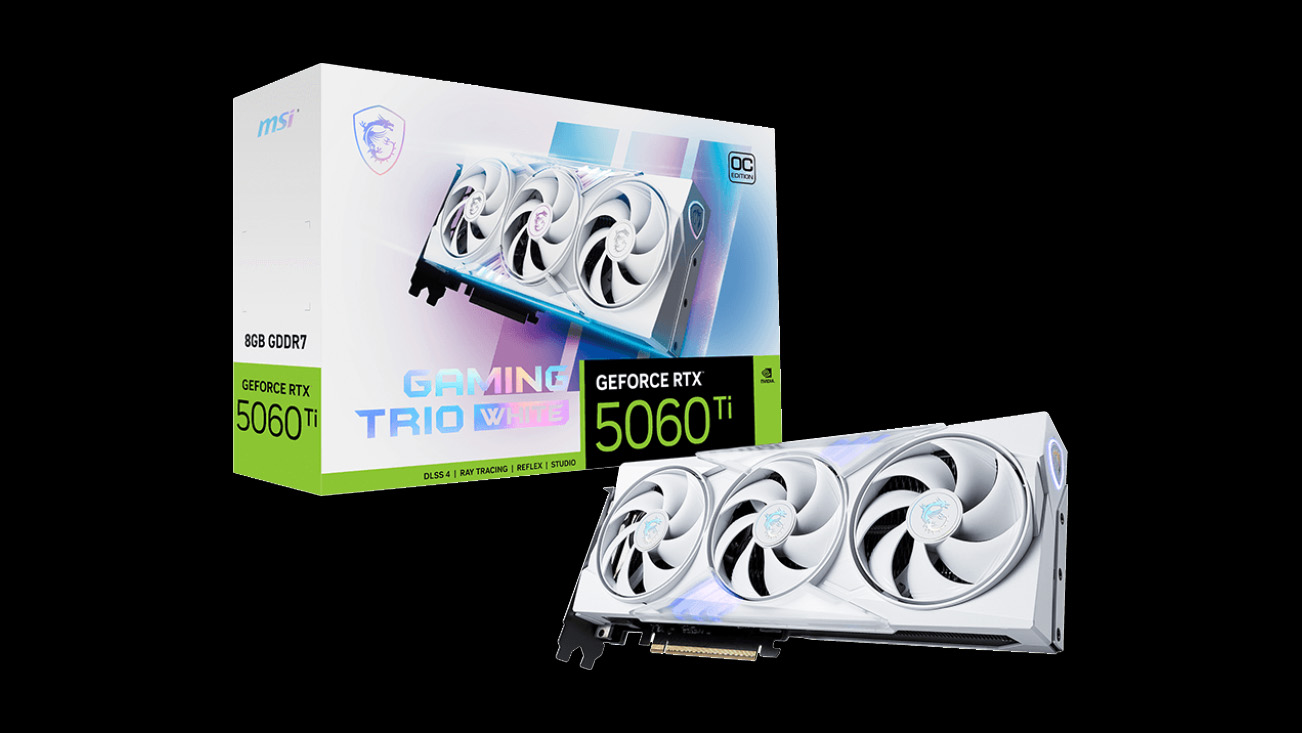
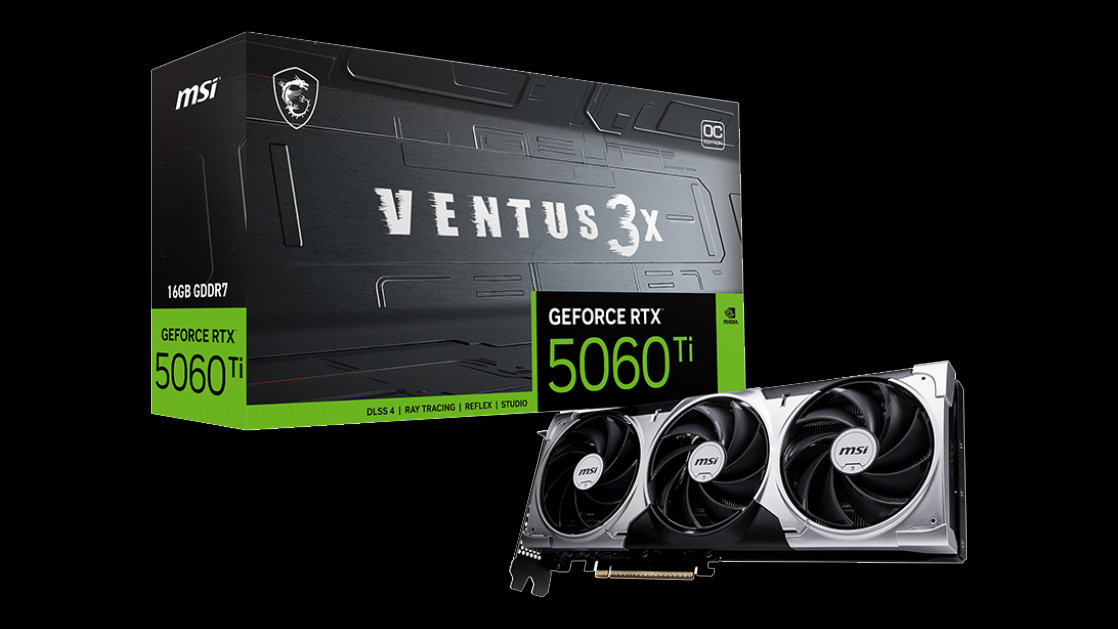
MSI has announced five sub-lineups of RTX 5060 TI 8GB + 16GB, and RTX 5060 graphics cards, the Vanguard series, Gaming Trio series, Gaming series, Ventus series, and Inspires series.
The Vanguard series represents MSI’s flagship lineup of RTX 5060 series graphics cards. The lineup is equipped with a beefy triple-fan cooler solution with a matte-black aesthetic, carbon fiber accents, and an RGB light bar inspired by spaceships. Cooling is powered by MSI’s Tri Frozer 4 thermal design, featuring Stormforce fans with claw-textured blades, a nickel-plated copper baseplate, and MSI airflow control technologies such as Wave Curved 4.0 and Air Antegrade Fin 2.0 to minimize wind turbulence.
The Gaming Trio makes its return as a runner-up / mid-range option for the RTX 5060 series. The lineup is equipped with a skinnier dual-slot triple-fan cooler design (compared to the Vanguard series), sporting a matte black finish, dragon logos on the fan hubs, and an RGB bar that pierces through the central fan. Cooling is powered by the same Tri Frozer 4 thermal solution as the Vanguard series. MSI is also offering a Gaming Trio RTX 5060 series GPUs in black and white trims.
The Gaming series is effectively the dual-fan counterpart to MSI’s Gaming Trio lineup. The lineup is powered by a thicker, but shorter dual-fan cooler design featuring the same matte black color scheme and aesthetic design as the Gaming Trio series. MSI claims the Gaming series is tweaked for gamers seeking a balance of performance and efficiency. The new graphics cards come with MSI’s Twin Frozer 10 thermal solution, featuring Stormforce fans, a nickel-plated copper baseplate, Wave Curved 4.0, and Air Antegrade Fin 2.0.
Dropping to an even thinner form factor is the Ventus series, is equipped with a dual-slot, dual-fan cooler solution featuring a silver color scheme with black accents. MSI touts the Ventus series as being designed with a modern yet practical approach, emphasizing both aesthetics and functionality.
The Inspire series is another dual-fan solution, but is claimed to be optimized toward entry-level AI capabilities. This is effectively MSI’s prosumer lineup for the RTX 5060 series, not geared toward gaming (although these cards are perfectly capable of gaming nonetheless). MSI claims the Inspire series touts a Mondrian-inspired design, featuring Stormforce fans, and a nickel-plated copper baseplate with a form factor tuned for small form factor builds.
Get Tom’s Hardware’s best news and in-depth reviews, straight to your inbox.
Gigabyte
Image 1 of 5
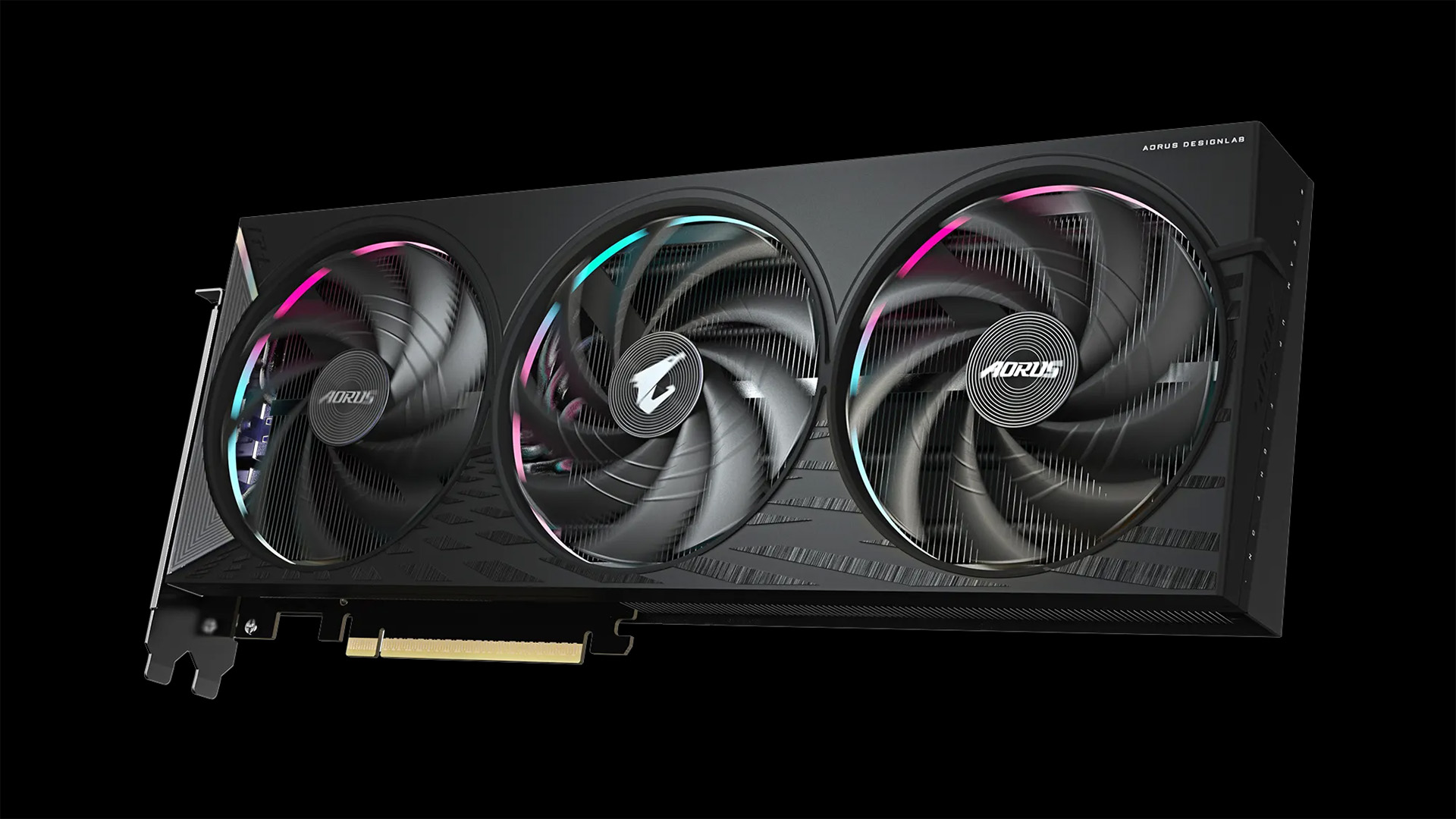
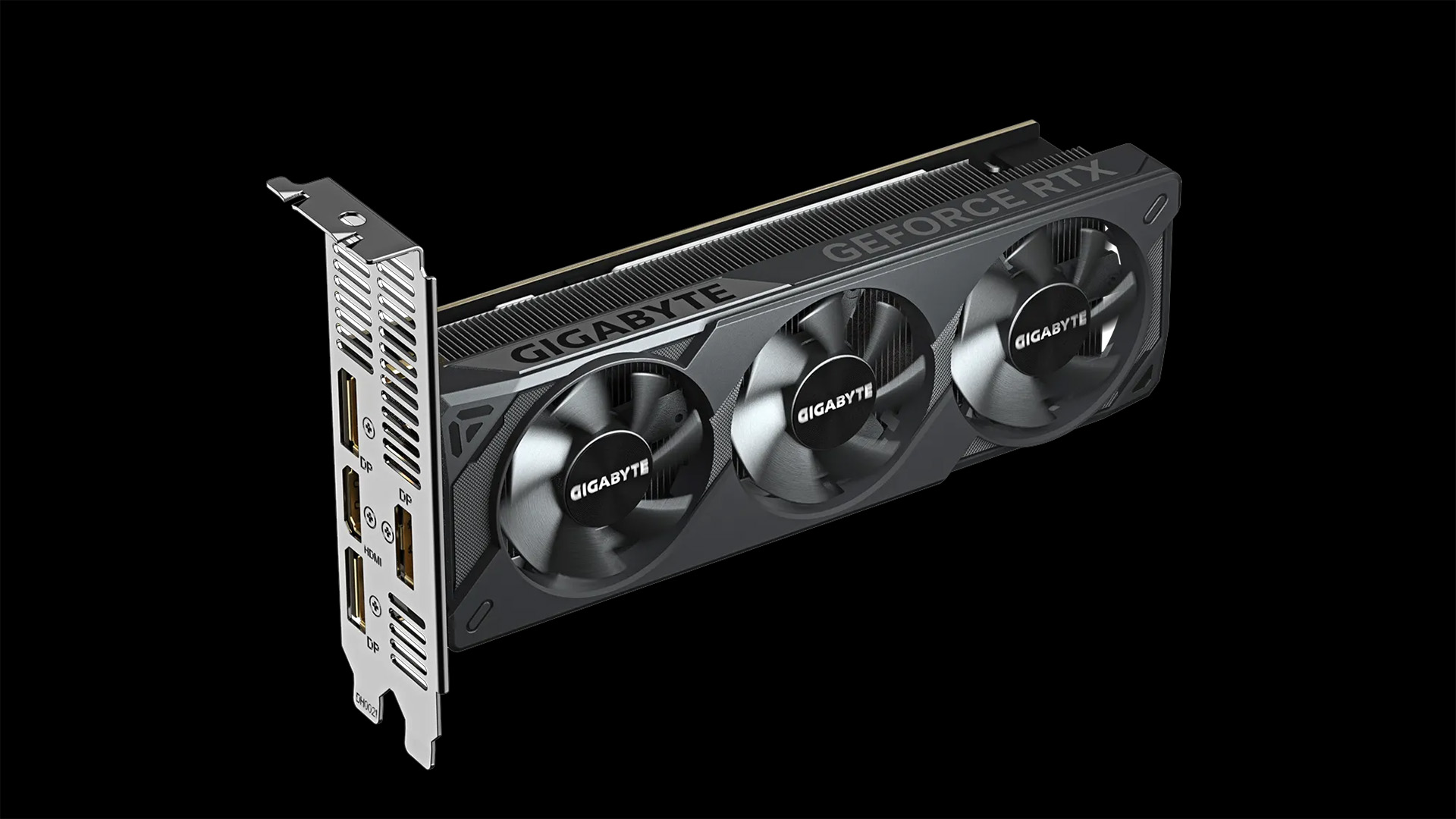


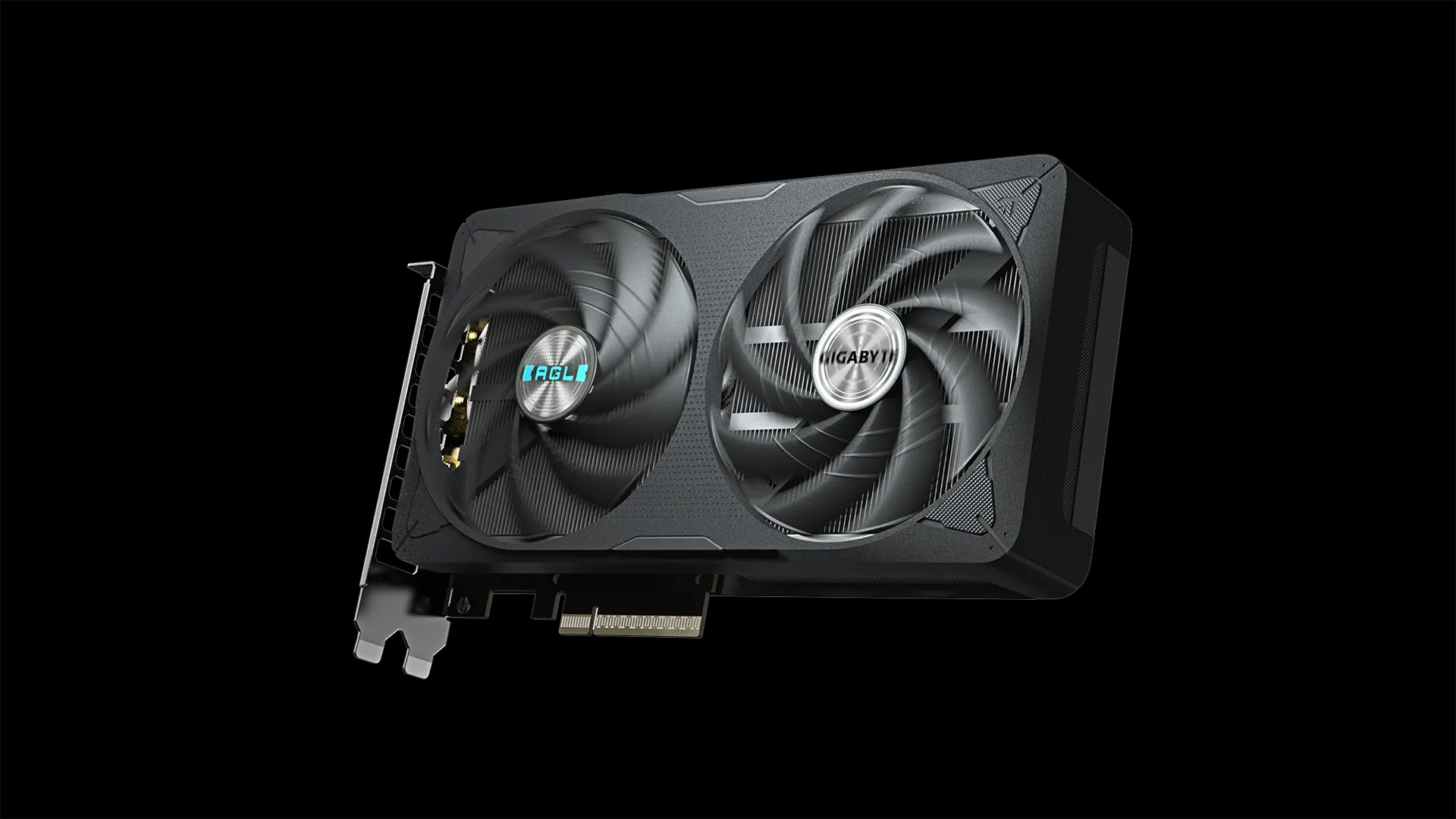
Gigabyte has five lineups of RTX 5060 series graphics cards: Aorus, Gaming, Eagle, Windforce and Aero. There’s also a single low-profile variant of the RTX 5060 8GB that is not branded under any of Gigabyte’s sub-brands.
The Aorus series is the flagship lineup, sporting a lengthy dual-slot, triple-fan cooler solution with a matte-black finish and RGB rings underneath each of the three fans. The Aorus lineup comes with Gigabyte’s Hawk fans, dual-BIOS, server-grade thermal conductive gel, a large copper plate and composite copper heat pipes. The GPU also comes with one of the largest passthrough heatsink designs ever on a GPU, with half of the card featuring a cut-out on the backplate that enables air to pass through the heatsink and out the bottom of the card.
The Gaming series is Gigabyte’s mid-range lineup for the RTX 5060 series, featuring a more minimalistic black finish with a militaristic rugged aesthetic. The Gaming series features nearly all of the same features as the Aorus cards, including the dual-BIOS, fans, thermal-conductive gel, and cooling system. One noteworthy downgrade is Boost clocks: The RTX 5060 Ti Gaming OC has a 75MHz deficit in boost clock vs its Aorus counterpart.
The Eagle and Windforce series represent Gigabyte’s entry-level solutions. Both lineups are virtually identical save for their aesthetics. The Eagles series goes for a minimalistic grey finish with a touch of blue on the Eagle branding. The Windforce series takes on a more stealthy aesthetic with a minimalistic matte black finish and white accents for the Gigabyte logos. The Eagle and Windforce series share the same cooling technologies and designs as the Gaming and Aorus series, crammed into a much smaller form factor.
One super interesting change Gigabyte implemented with all its dual-fan RTX 5060 series graphics cards is the switch to a physical PCIe 5.0 x8 slot. Gigabyte’s triple-fan counterparts, by comparison, are equipped with a physical x16 slot. However, this won’t affect PCIe bandwidth as the RTX 5060 series only supports up to eight lanes.
The Aero series stands as Gigabyte’s only prosumer-focused non-gaming lineup for the RTX 5060 series. These GPUs come in a white finish with silver accents and come in both triple- and dual-fan solutions (with the dual-fan options coming with an x8 PCIe finger).
Finally, Gigabyte created one of the most unorthodox RTX 50 series graphics cards in existence, the Gigabyte RTX 5060 OC Low Profile 8G. As the name implies, the card is a half-height card that will fit inside consumer and server chassis that can only house half-height PCIe cards. The card is 182mm long and features three tiny fans, with the 8-pin supplementary power installed at the rear of the card. Ironically, Gigabyte has opted to give this card a full x16 PCIe finger even though it is also a small-form-factor optimized GPU like its taller dual-fan counterparts.
Asus
Image 1 of 3


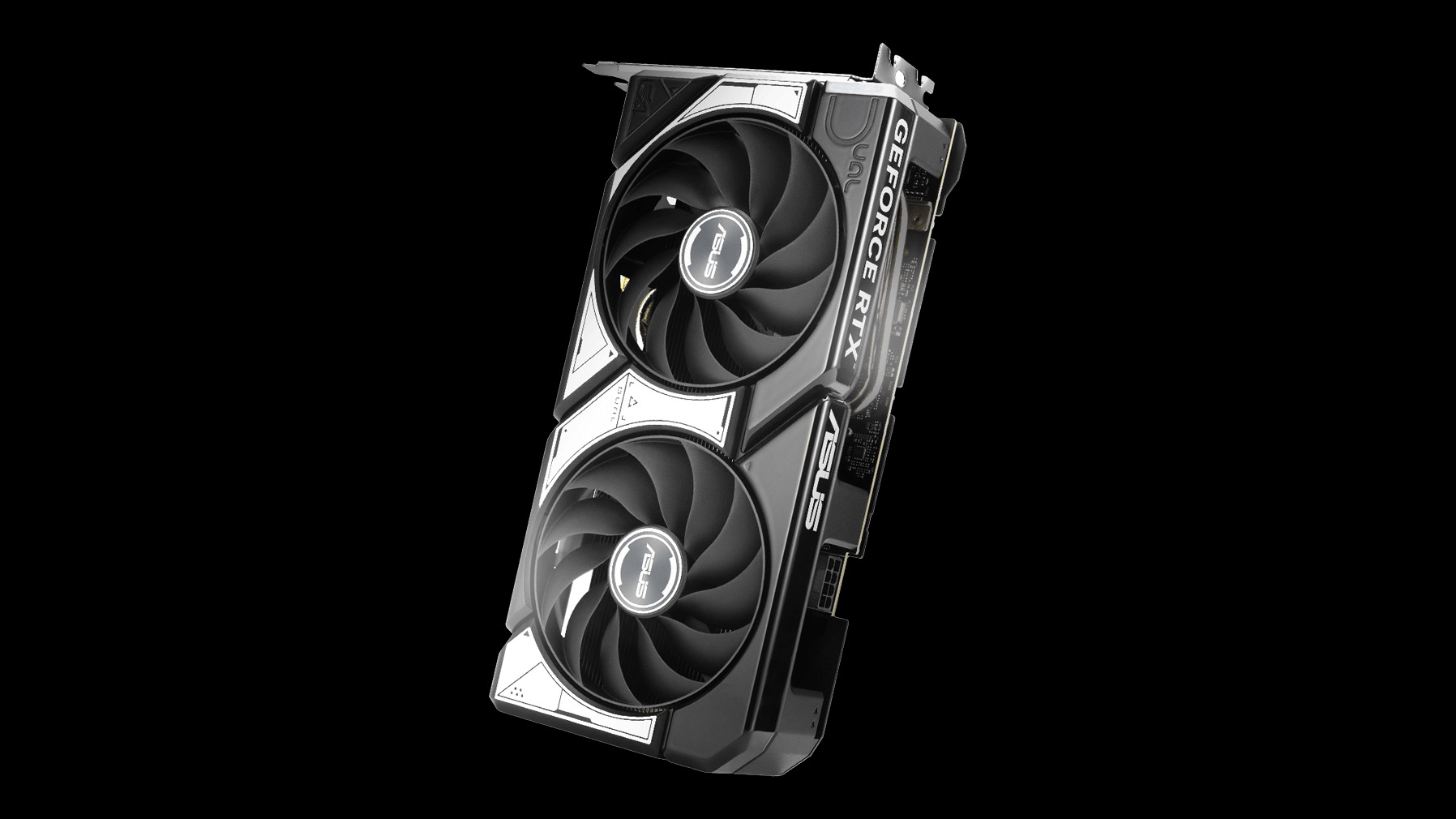
Asus has three sub-lineups of RTX 5060 graphics cards: the TUF series, Prime series, and Dual series. Asus has decided to omit brands such as the ROG Strix and Astral series, presumably because these are lower-end mid-range GPUs.
The TUF series is the flagship lineup for Asus’ RTX 5060 series graphics cards. The card comes in the lineup’s renowned militaristic aesthetic, with a grey color theme and silver accents on the sides of the shroud. TUF-themed capacitors dot the PCB, allegedly providing 52% wider temperature tolerance and 2.5x longer lifespan than standard capacitors. The cooler is equipped with Axial-tech fans and an Asus MaxContact design for greater thermal performance.
The Prime series is a more balanced lineup, focused on gamers and creators alike. These cards come with a 2.5 slot, triple-fan cooler design and a black shroud with a rounded edge on the top. The Prime series is compatible with Nvidia’s SFF-Ready program that ensures compatibility with small form factor chassis.
The Dual series is Asus’s only dual-fan lineup for the RTX 5060 series. The Dual series features a compact 2.5 slot dual-fan cooler measuring 229 mm in length. The card features a black and silver color scheme.
Both the Prime and Dual series come with the same cooling technologies as the TUF series.
Zotac
Zotac has three variants of the RTX 5060 series, AMP, Twin Edge and Solo. The latter is a single-fan solution.
The AMP series is Zotac’s flagship solution, featuring a black and brown color scheme with a grille-like aesthetic on the shroud. The AMP series sports IceStorm 2.0 cooling, a metal backplate, a factory overclock, and white LED lighting.
The Twin Edge series is effectively Zotac’s mid-range solution, albeit barely. It is an identical clone of the AMP series, save for non-OC variants and the lack of white LED lighting.
The Solo is Zotac’s single-fan solution, allegedly exclusive to the vanilla RTX 5060. The card features a dual-slot form factor that is barely longer than the PCIe connectpor underneath the PCB, and comes equipped with just a single fan.
Inno3D
Inno3D has two models of the RTX 5060 series: X3 OC, and Twin X2 models with OC variants.
The X3 OC is the flagship model exclusive to the RTX 5060 Ti. The card features a black-and-silver color theme, with three fans housed inside a cooler featuring a dual-slot form factor. The card is allegedly cooled by a large vapor chamber connected to a heatsink with a dense array of aluminum fins.
The Twin models, as the name suggests, are dual-fan options featuring the same aesthetic as the X3 OC. However, the Twin models are available in both black and white trims. The Twin series allegedly comes with a cooler sporting dual 88mm fans, and a downgraded cooling setup sporting regular heatpipes instead of a vapor chamber cooling system.
Gainward
Gainward has two models for the RTX 5060 series: a triple fan Python III series and a dual fan Ghost series.
The Phython III series is the flagship series, sporting a two-slot triple-fan cooler design with a minimalistic black finish and apparently no LED/RGB lighting. The Ghost series features a two-slot dual-fan solution sporting twin 95mm fans and a hint of RGB glow on the side shroud.
There is very little detail about Gainward’s RTX 5060 series GPUs at the time of this writing.
PNY
Image 1 of 4

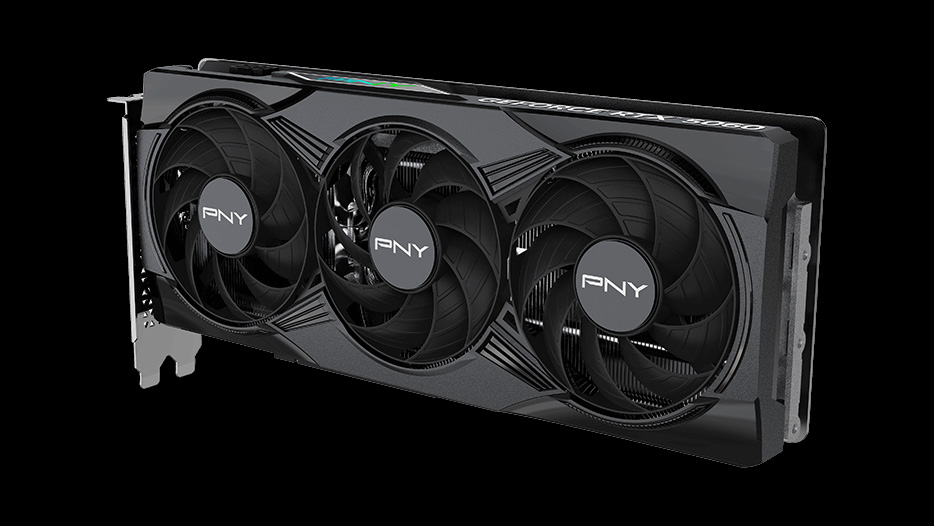
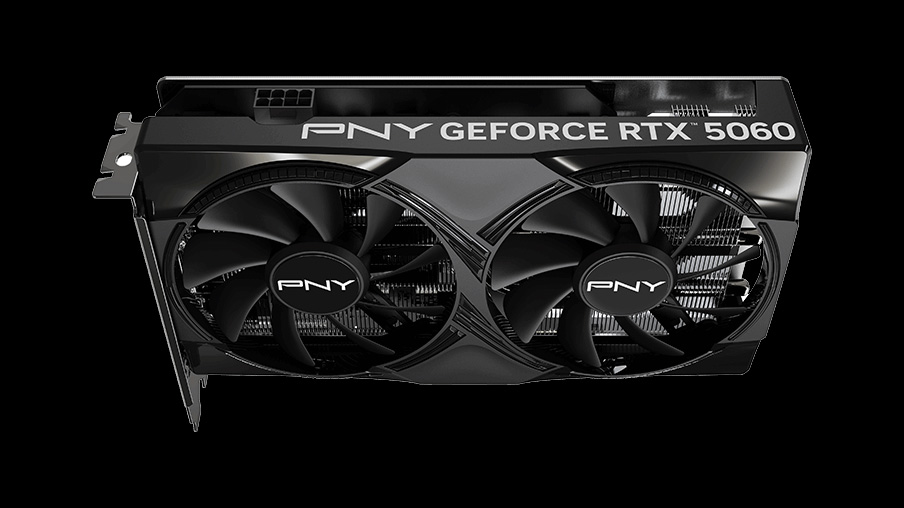
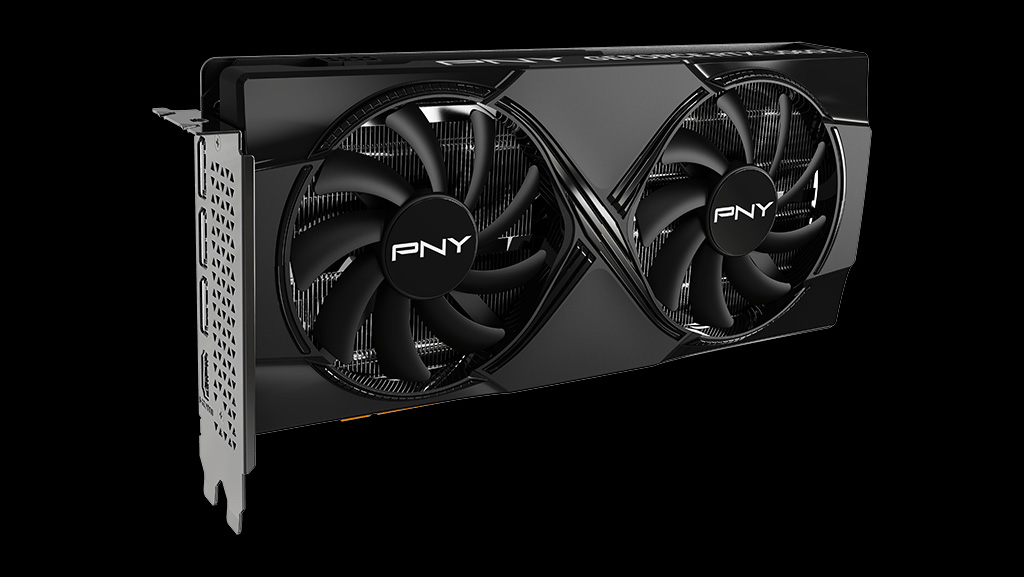
PNY has several iterations of graphics cards for the RTX 5060 series, sporting triple- and dual-fan designs.
The Epic-X RGB Triple Fan is the flagship model. The RTX 5060 Ti variant is equipped with a black finish with two rings of RGB lighting bordering the left and right fans and an RGB-illuminated PNY logo on the side. The card comes in a dual-slot form factor with three fans, as the name suggests.
Going by pictures, the vanilla RTX 5060 variant is a slightly lower-tiered variant that deletes the RGB lighting on the shroud. The shroud also takes on a slightly different aesthetic with a slightly different shade of black.
The dual-fan version of PNY’s RTX 5060 Ti 16GB (simply called the RTX 5060 Ti 16GB with no special nomenclature), is a slightly more compact version of its triple-fan counterpart, sporting a black finish and no RGB lighting. The equivalent RTX 5060 Ti 8GB and RTX 5060 counterparts sport an even shorter dual-fan cooler with the same aesthetic.
Sadly, there are no details about each GPU’s cooling system or other details from PNY about these GPUs.
Palit
Palit has announced two models of the RTX 5060 series, the Infinity 3 and Dual. Sadly there is extremely little detail about these cards at the current time.
The Infinity 3 series is the flagship lineup, sporting a dual-slot form factor with a triple-fan cooling solution. Similar to most of the other AIB partners, the card sports a black finish with white accents for the logos dotted all over the card. The Infinity 3 series is allegedly SFF-Ready, and advertised to be 45% smaller than standard RTX 50-series triple-fan models.
The Dual is a dual-fan counterpart with the same aesthetic. The cooler is powered by two 95mm «large» fans, and a touch of RGB lighting on the side.
